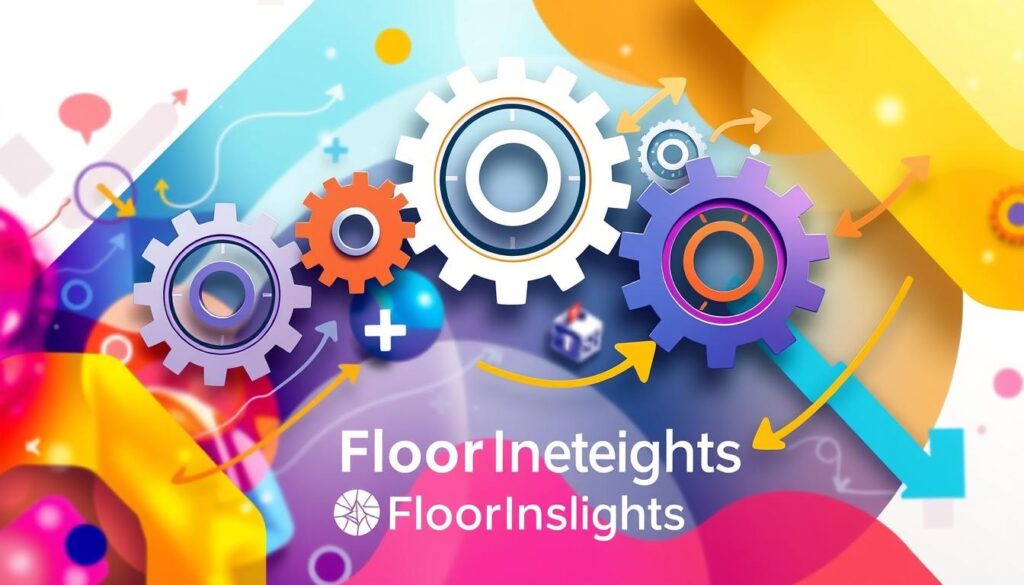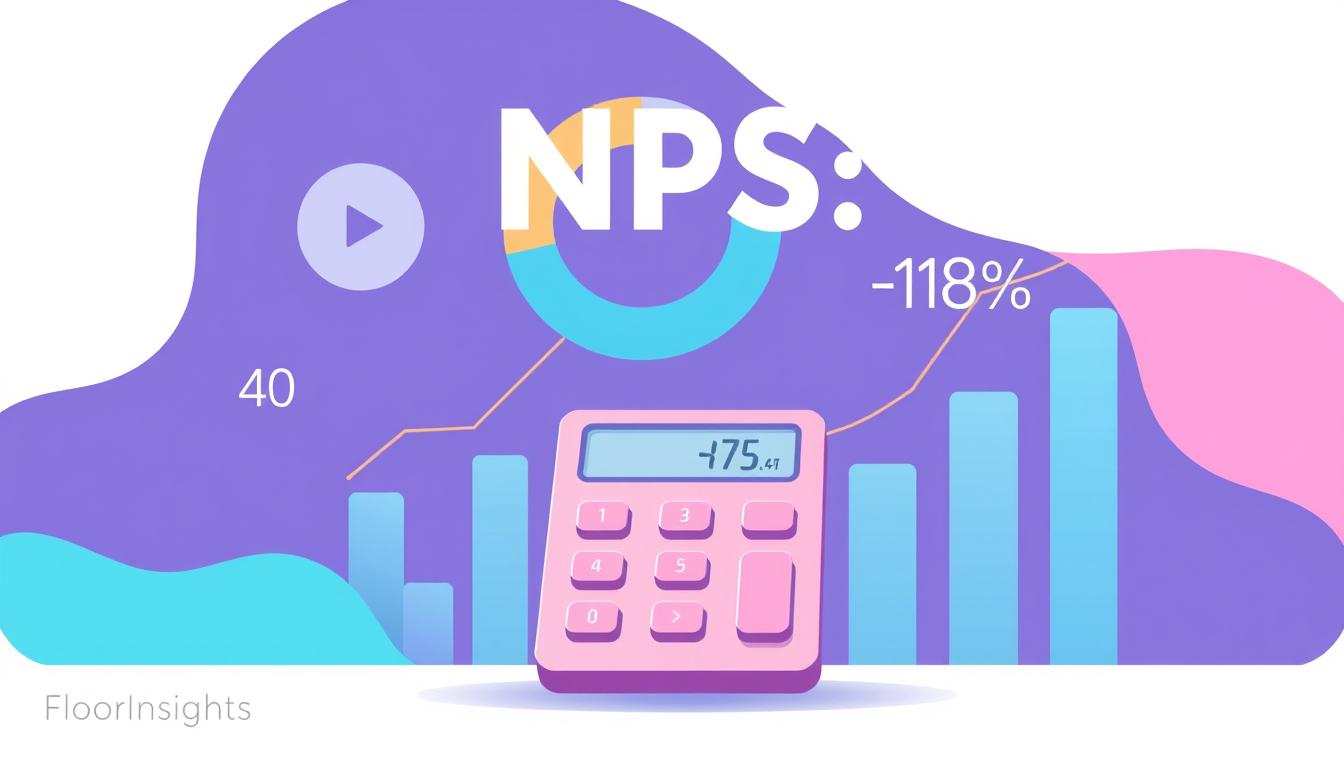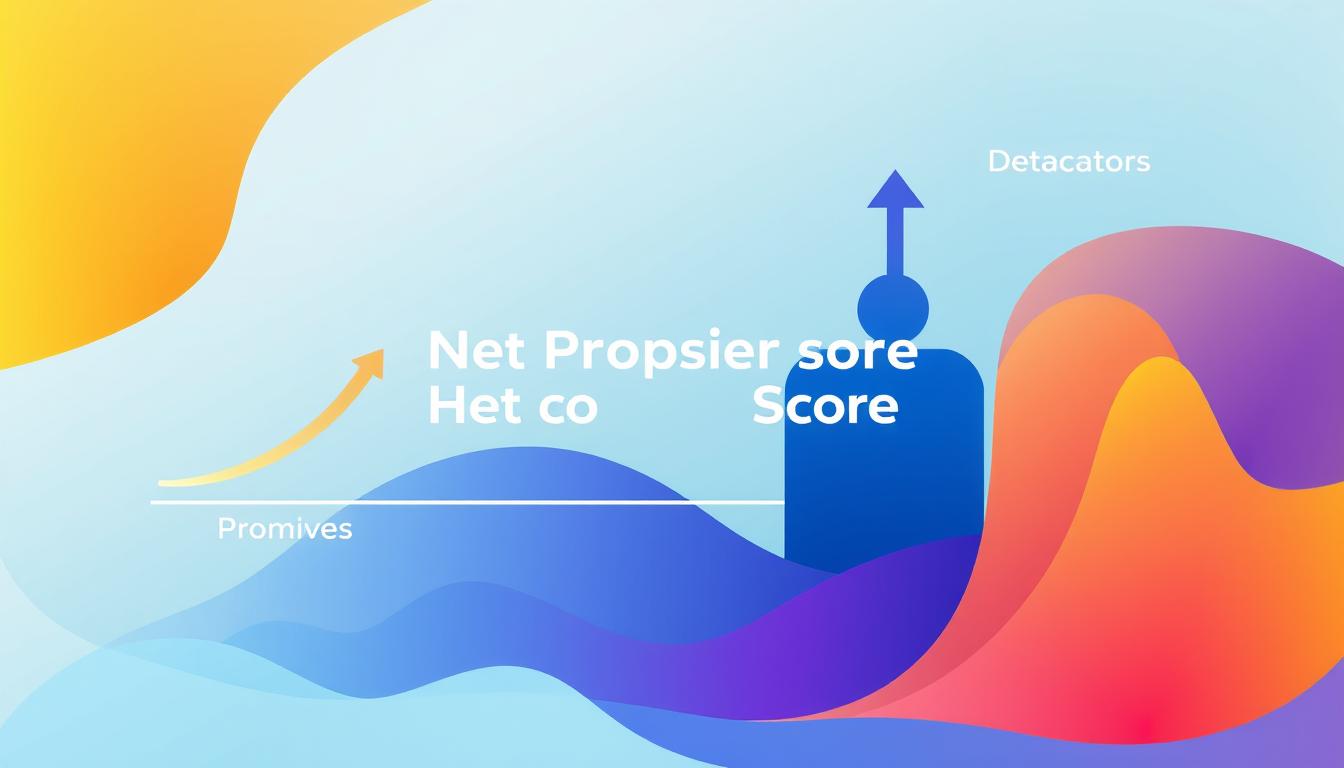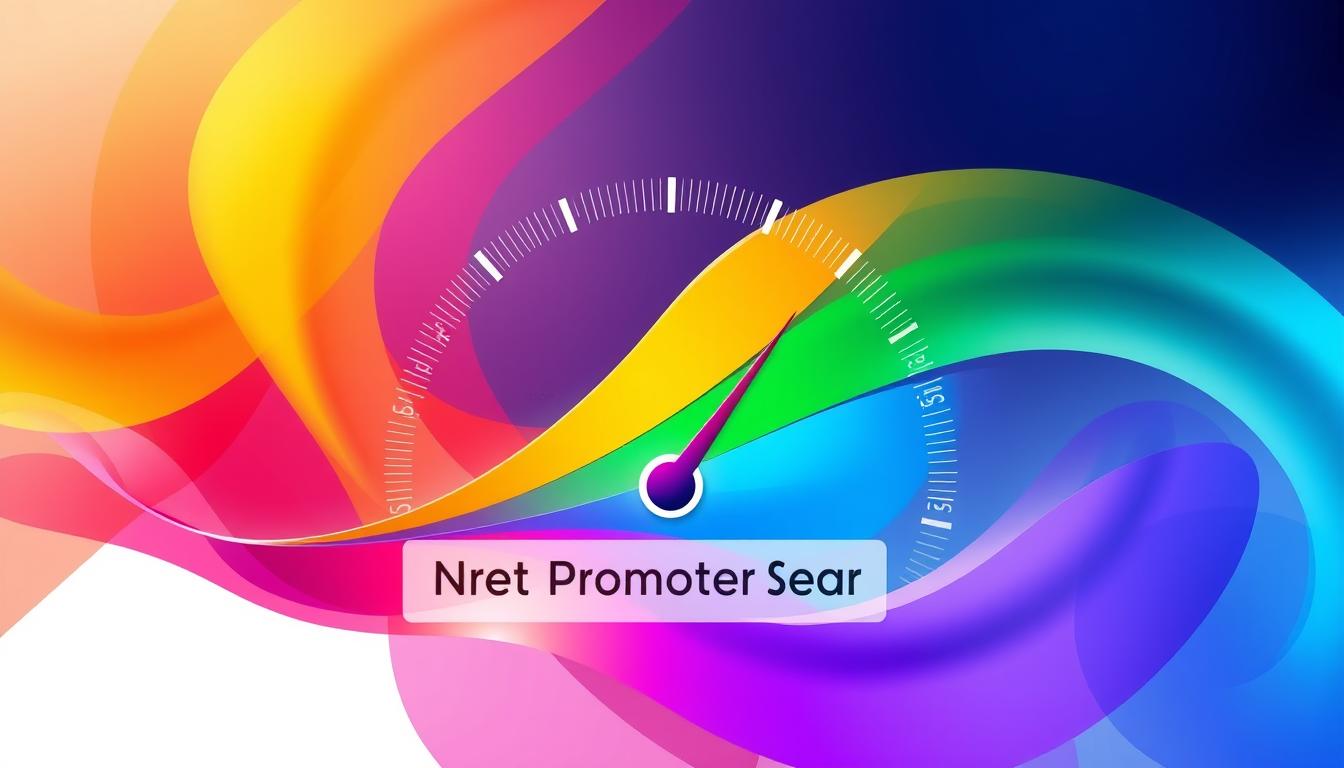Effective customer onboarding is essential for nurturing lasting relationships with our clients. By incorporating the Net Promoter Score (NPS) into our onboarding processes, we unlock vital insights that help us enhance the customer experience from the very beginning. Understanding NPS allows us to gauge customer satisfaction and identify potential challenges early in their journey. This proactive approach ensures that our onboarding strategies are aligned closely with customer needs and expectations, ultimately fostering customer loyalty and long-term growth.
Key Takeaways
- Net Promoter Score is a key metric for measuring customer satisfaction.
- Effective onboarding plays a critical role in customer retention.
- NPS provides insights for refining onboarding strategies.
- Early feedback from customers is crucial for continuous improvement.
- Aligning onboarding processes with customer expectations enhances retention.
The Importance of Customer Onboarding
Customer onboarding stands as a critical juncture in the customer lifecycle. It forms the very foundation upon which customer retention is built. A streamlined onboarding process enhances the customer experience, making it easier for customers to familiarize themselves with a product or service. By effectively guiding customers through this initial phase, we can increase the likelihood of long-term loyalty.
Research indicates that customers who undergo engaging and informative onboarding displays a greater propensity to remain loyal to a brand. This is not merely a transactional process; rather, it serves as an opportunity to communicate our brand voice, establish credibility, and build trust. Companies that prioritize customer onboarding tend to experience reduced churn rates and higher engagement overall.
The following table illustrates some key aspects of the importance of customer onboarding:
| Aspect | Effect on Customer Onboarding | Resulting Impact |
|---|---|---|
| Streamlined Process | Enhances familiarity with product/service | Increased customer satisfaction |
| Brand Voice Communication | Establishes credibility | Greater trust in brand |
| Engagement Strategies | Encourages active participation | Improved customer retention |
| Feedback Mechanisms | Allows adjustments to onboarding | Optimized customer experience |
Understanding Net Promoter Score
The Net Promoter Score (NPS) serves as a crucial metric in gauging customer loyalty and satisfaction. By focusing on a single question regarding customers’ likelihood to recommend our product or service, it provides a clear view of how well we are meeting their needs. The score varies between -100 and 100, with each segment representing different levels of loyalty.
What is Net Promoter Score?
NPS is a widely embraced tool for measuring customer satisfaction. It categorizes customers into three groups: promoters, passives, and detractors. Promoters, who score 9 or 10, are loyal enthusiasts likely to fuel growth through referrals. Passives, scoring 7 or 8, are satisfied but vulnerable to competitive offerings. Detractors, scoring between 0 and 6, represent potential churn. This division helps us in analyzing customer loyalty, allowing us to focus our strategies effectively.
How NPS Works
Calculating NPS involves a straightforward approach. It starts with gauging the percentage of promoters and detractors among our customers. After determining these percentages, we subtract the percentage of detractors from the percentage of promoters. This simple yet effective method provides actionable insights into our overall performance. Besides offering numerical value, customer feedback gathered alongside NPS scores unveils deeper insights, helping us understand the reasoning behind customer sentiments.
Four Phases of Customer Onboarding
Understanding the customer onboarding process is essential for enhancing the customer journey. This onboarding process can be segmented into four distinct phases, each playing a vital role in shaping the overall experience. These phases guide customers from initial awareness through to advocacy, laying a solid foundation for long-term relationships.
- Awareness: In this initial phase, prospective customers become informed about our product or service. Effective marketing strategies should be employed to capture their attention and spark interest.
- Engagement: Customers begin interacting with promotional materials during this phase. This engagement is critical as customers start forming expectations about the experience they will receive.
- Implementation: At this stage, customers begin to use the product or service. Providing guided support enhances user experience, ensuring smooth adaptation during this onboarding phase.
- Advocacy: Satisfied customers become enthusiastic promoters, sharing their positive experiences. Their advocacy can influence potential customers and drive referrals.
By mastering these customer onboarding phases, we can create a structured approach that optimizes every touchpoint in the customer journey, ultimately enhancing satisfaction and loyalty.
| Phase | Goal | Key Activities |
|---|---|---|
| Awareness | Capture Interest | Marketing Campaigns, Social Media Outreach |
| Engagement | Form Expectations | Email Newsletters, Interactive Content |
| Implementation | Encourage Usage | Onboarding Tutorials, Customer Support |
| Advocacy | Inspire Promotion | Referral Programs, Customer Testimonials |
Leveraging NPS to Enhance Onboarding
Utilizing Net Promoter Score (NPS) effectively can play a crucial role in our customer onboarding process. By gathering customer feedback right from the start, we gain valuable insights into our customers’ experiences, allowing us to address any issues early on. This approach not only helps us understand customer sentiment but also facilitates early intervention to enhance satisfaction levels.
Gathering Feedback Early
Collecting feedback during the initial stages of onboarding allows us to optimize our onboarding process significantly. When we present NPS surveys shortly after customers complete their onboarding, we can capture their immediate thoughts. This timely analyzing feedback reveals specific areas that may need refinement, preventing dissatisfaction from escalating. Early feedback facilitates a proactive approach, setting the stage for improved transitions and interactions for new customers.
Identifying Improvement Areas
NPS feedback serves as a wealth of customer insights regarding the onboarding experience. By examining the responses from detractors, we can pinpoint recurring pain points that may hinder the onboarding process. This analysis enables us to develop targeted strategies for improving onboarding. Addressing identified issues ensures that we continuously refine our onboarding practices, ultimately leading to higher customer satisfaction and stronger loyalty.
Impact of NPS on Customer Retention
Understanding the role of Net Promoter Score (NPS) in shaping our customer retention strategies is essential. High NPS scores indicate a strong possibility of retaining customers over time. By focusing on building relationships through personalized experiences and timely follow-ups, we can transform current customers into dedicated advocates for our brand. Such strong relationships pave the way for effective loyalty programs, enhancing customer lifetime value.
Building Long-Term Relationships
Our approach to building relationships plays a vital role in enhancing customer loyalty. Engaging with customers beyond the initial sale allows us to understand their needs better. Here are key aspects we focus on:
- Personalized communication tailored to individual preferences
- Proactive responses to inquiries and feedback
- Consistent follow-ups during critical customer journeys
- Incorporating feedback into our service or product improvements
Improving Brand Consistency
Ensuring brand consistency across all touchpoints is critical for maintaining brand image. NPS serves as a valuable tool to monitor our adherence to brand promises during the onboarding process. By delivering a uniform customer experience, we can strengthen trust and loyalty among customers. Key practices include:
- Aligning all communications with our brand values
- Providing uniform training for customer service representatives
- Regularly assessing and refining our customer interactions
- Utilizing NPS insights to drive improvements in branding

Through these strategies, we can effectively enhance our customer experience and ensure that our brand identity resonates with our audience. Continued focus on these elements will solidify our role as a leader in our industry.
Using Customer Feedback for Onboarding Optimization
Engaging customers to provide feedback plays a vital role in enhancing our onboarding processes. By actively seeking to get feedback from customers, we can identify barriers and areas of improvement that impact their experiences. This interaction fosters a culture of continuous improvement and strengthens our commitment to customer satisfaction.
How to Get Feedback from Customers
We can implement various effective strategies to encourage customer reviews, such as:
- Targeted surveys sent post-onboarding
- Direct outreach through personalized communications
- Incentivized review programs that reward participation
Creating a simple and intuitive process for our customers to share their thoughts allows us to gather actionable insights that drive improvements. Open-ended questions will yield more detailed responses, providing a richer understanding of their experiences.
Implementing Feedback Loops
Establishing feedback loops requires us to consistently update our processes based on customer insights. By sharing how we’ve implemented changes stemming from the feedback received, we foster a sense of collaboration with our customers. This transparency not only enhances the onboarding process but also ensures that customers feel valued, ultimately leading to improved customer experience.
This approach promotes customer satisfaction and engages clients in a way that ensures their voices are heard and considered in our continuous improvement efforts.
NPS and Retail Brand Management
In the competitive landscape of retail, effective brand management is vital for success. Utilization of Net Promoter Score (NPS) offers us a valuable tool for maintaining brand image. By consistently assessing customer perceptions, we can proactively address any emerging issues that could adversely affect our reputation. Tracking NPS provides essential insights into customer sentiments, enabling swift adjustments to our brand strategy.
Maintaining Brand Image
Regular monitoring of customer feedback helps us in maintaining brand image. As we gather insights related to customer perceptions, we can identify discrepancies between our intended brand narrative and how it is actually perceived in the market. Addressing these gaps promptly contributes to a more favorable brand presence.
Market Research Product Testing
Integrating NPS into our market research allows us to facilitate market research product testing. Before we launch new products, we can test them with different customer segments and analyze their NPS feedback. This process ensures that our product launch strategy aligns with consumer expectations, driving better engagement and higher success rates for new offerings.
Tools for Measuring NPS in Onboarding
In our quest to improve the customer onboarding process, we recognize the importance of reliable tools for measuring NPS. Incorporating technology can significantly enhance our ability to gather actionable insights that directly influence the onboarding experience.
Including Retail Audit Software
Utilizing retail audit software serves as a cornerstone for measuring NPS effectively. This technology allows us to streamline our auditing processes by collecting and analyzing customer feedback at various touchpoints. With a clear understanding of customer perceptions, we can adjust our onboarding assessments to better meet their needs.
Benefits of Store Inspection Checklists
Implementing a store inspection checklist offers numerous advantages that contribute to our overall quality assurance. These checklists enable us to monitor customer experiences across different locations consistently. By highlighting areas of strength and pinpointing weaknesses, we can implement necessary improvements promptly. This approach ensures that our onboarding processes remain aligned with customer expectations, fostering loyalty and satisfaction.
Market Testing for New Products
Implementing effective market testing new products is vital for understanding consumer preferences. This process allows us to gather valuable product feedback that can guide the development of offerings that truly resonate with customer demand. Through techniques like focus groups and surveys, we can identify the specific features and pricing strategies preferred by potential buyers.
Engaging directly with consumers during the testing phase can unveil insights that traditional market research might miss. We create opportunities for potential customers to express their thoughts, preferences, and concerns, ensuring our products not only meet market standards but exceed customer expectations.
The following table outlines the key benefits of market testing for new products:
| Benefit | Description |
|---|---|
| Consumer Insights | Gain a deeper understanding of customer preferences and expectations for product features. |
| Risk Reduction | Identify potential issues early, minimizing the risk of product failure post-launch. |
| Enhanced Communication | Encourage open dialogue with customers, leading to improved relationships and brand loyalty. |
| Informed Decision-Making | Utilize feedback to make strategic decisions on product features and pricing. |
Conclusion
In summary, the integration of Net Promoter Score in our customer onboarding strategy unlocks significant insights into customer satisfaction and loyalty. By actively leveraging NPS, we can refine our onboarding processes to meet the evolving needs of our clientele. This approach not only emphasizes the importance of gathering feedback but also reinforces our commitment to enhancing customer onboarding in a meaningful way.
Moreover, consistently focusing on customer feedback allows us to create a more tailored onboarding experience. This enhanced process fosters customer loyalty and strengthens our brand’s position in a competitive marketplace. Ultimately, by prioritizing customer engagement during onboarding, we can build lasting relationships that benefit both our customers and our business.
By implementing effective NPS strategies, we transform customer onboarding into a dynamic catalyst for brand loyalty and retention, essential for thriving within India’s growing market landscape. We encourage businesses to embrace this methodology for long-term success.
FAQ
What is the Net Promoter Score and how does it affect customer onboarding?
The Net Promoter Score (NPS) is a metric that measures customer loyalty and satisfaction. By asking customers how likely they are to recommend a product or service, we can gain insights into their overall experience during the onboarding process. A high NPS indicates a strong level of customer loyalty, which is crucial for enhancing customer onboarding and long-term retention.
How can we effectively gather feedback from customers during the onboarding process?
We can collect feedback through various methods such as targeted surveys, direct outreach, or incentivized review programs. Presenting NPS surveys shortly after the onboarding process helps us to capture customer sentiment early, allowing us to identify areas for improvement before any dissatisfaction escalates.
Why is customer onboarding important for retail brand management?
Customer onboarding plays a pivotal role in developing strong customer relationships. A streamlined onboarding process enhances customer experience, leading to better retention rates. It also establishes brand voice, credibility, and trust, which are essential elements of effective retail brand management.
What are the four phases of the customer onboarding journey?
The four phases are: Awareness (learning about the product), Engagement (interacting with promotional materials), Implementation (using the product with support), and Advocacy (satisfied customers promoting the brand). Understanding these phases helps us in creating structured and effective onboarding strategies.
How can we leverage NPS to enhance the onboarding process?
We can leverage NPS by gathering customer feedback early in the onboarding experience. Analyzing responses from detractors can highlight pain points and areas that require additional resources or improvements. This proactive approach facilitates continual refinement of our onboarding strategy.
What role does brand consistency play in customer retention?
Brand consistency is vital for maintaining a positive image and building customer trust. By ensuring that our customer experiences align with our brand promises throughout the onboarding process, we strengthen relationships and improve long-term customer loyalty.
How can we optimize our onboarding strategies using customer insights?
We can optimize our strategies by establishing feedback loops that allow us to continuously adapt and improve based on customer insights. Sharing updates on how their feedback has been implemented fosters collaboration and helps customers feel valued, enhancing their overall experience.
What tools can we utilize for measuring NPS in onboarding?
Tools such as retail audit software and store inspection checklists can help us measure NPS effectively. These tools streamline data collection across multiple touchpoints, enabling us to analyze and refine our onboarding processes based on customer feedback.
How does market testing for new products relate to onboarding?
Market testing helps us gather insights about consumer preferences before launching new products. By using methods like focus groups and NPS surveys, we can identify key features and pricing strategies that resonate with customers, guiding our onboarding process for new products.
Related Posts
- Case Study: How NPS Increased Loyalty Program Participation – NPS and Loyalty Programs
- The Ethical Considerations of Collecting NPS Data – NPS Ethics and Data Privacy
- Common Misconceptions About NPS
- How NPS Feedback Drives Innovation in Technology – NPS in the Technology Industry
- How to Use NPS Feedback Loops to Enhance Customer Experience – NPS and Customer Feedback Loops
- Using NPS Feedback to Address Customer Concerns During Uncertain Times – NPS in Crisis Management
- Managing Detractors During a Business Crisis: An NPS Approach – NPS in Crisis Management
- Using NPS to Identify Key Opportunities in the Banking Sector – NPS and Financial Services






